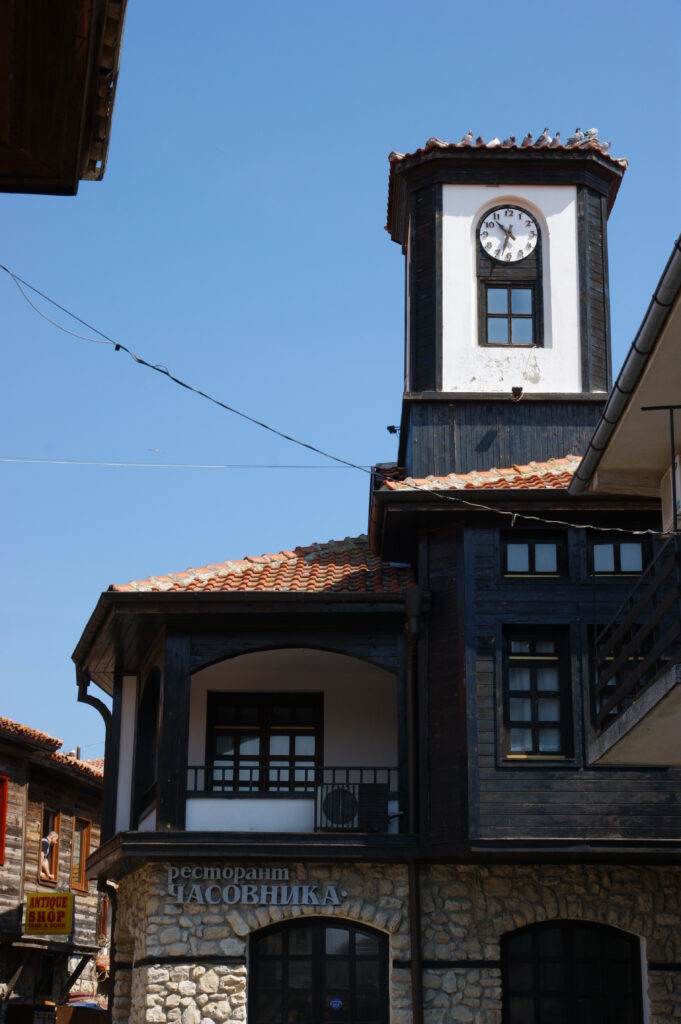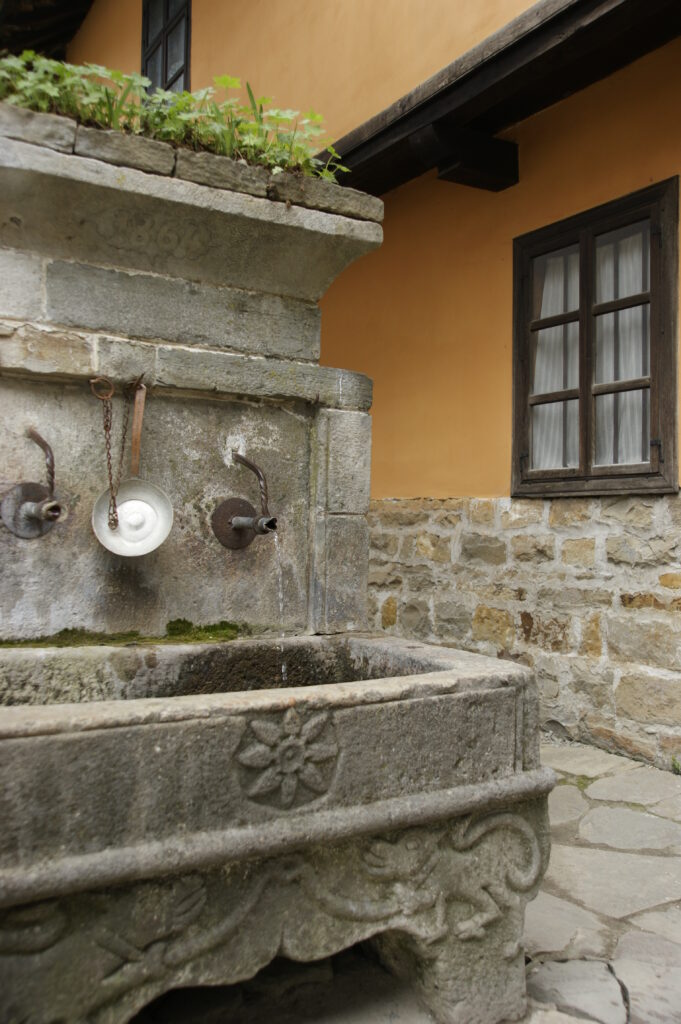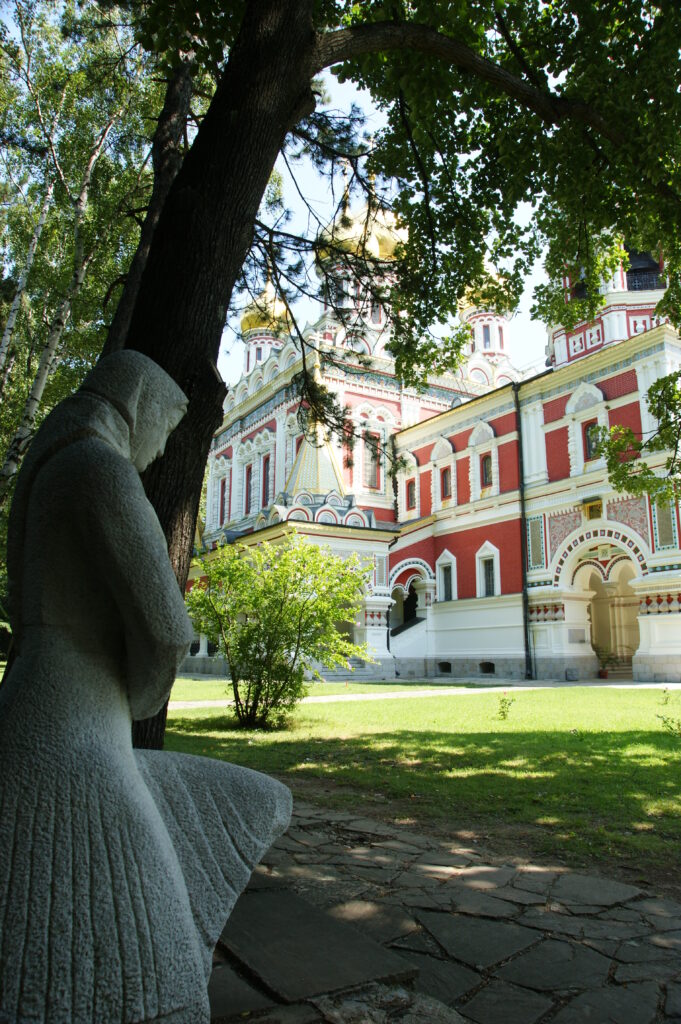The northeast of Bulgaria is well-known for its Black Sea coast with popular places, such as Albena, Golde Sands, Varna, and Sunny Beach.
But this region is also a first-rate destination for nature and culture lovers who want to enjoy hidden treasures and paths not yet trodden.
Be surprised by wild coasts in the north, by virgin nature parks, by Thracian and Roman archaeological sites, by cities and towns with a rich cultural and historical heritage, and by the omnipresent folklore.
Here are some Bulgarian treasures…
Sreburna UNESCO biosphere reserve (to the west of Silistra)
The reserve consists of wetlands with a sweet water lake 1 km south of the Danube. It is one of the most important habitats of wild birds in Bulgaria with ducks, herons, cormorants, spoonbills, Dalmatian pelicans.
Balchik and Kaliakra (to the north of Varna)
Balchik is a romantic coastal town with picturesque streets and houses. Near the city is the palace of the former queen Mary of Romania, surrounded by a beautiful botanical garden.
Not far from Balchik, you will find Kaliakra, a rock with red lime stone cliffs that protrudes 2 km in the sea. There are ruins of a fortress that was once in the hands of the Greeks, Romans, Ottomans, and Bulgarians.
Nesebar (north of Burgas)
The UNESCO protected old city of Nesebar is situated on a rocky peninsula, the origin of which goes back as far as the Thracians. It has a unique atmosphere with traditional houses, churches, and monuments.
Thracian tomb of Sveshtari (to the west of Isperih)
The tomb was discovered in 1982 and dates from the 3rd C BC. It is a unique example of Thracian architecture with paintings and caryatids.
Madara (east of Shumen)
Madara is a historic place at the edge of the steep cliffs above the village, the Marksman of Madara (UNESCO heritage), a remarkable 8th or 9th C relief.
Tombul Mosque in Shumen
The Ottoman Tombul mosque with its stylish courtyard is the largest mosque in use in Bulgaria.
Veliko Tarnovo
For many Bulgarians, Veliko Tarnovo is “the most” Bulgarian of all cities, symbolising their rich past. The city is beautifully situated in the mountains, has lovely architecture and many historical attractions. Moreover, Veliko Tarnovo is vibrant and cosy both during the day and at night.
Bozhentsi (east of Gabrovo)
Bozhentsi lies in the middle of the woods at the foot of the Balkans. It is a small village with clinker streets and stone roof tiles, and is on the list of national monuments. Over 100 houses have been restored and now serve as a museum, store, guest house, or hostel.
Etara (south of Gabrovo)
Etara is an ethnographic open-air museum where one can get acquainted with traditional Bulgarian architecture, old water techniques and crafts.
Memorial church of Shipka (north of Kazanlak)
The colourful Shipka church with gilded copulas was built to honour the victory over the Ottoman Empire in 1878.
Yoghurt festival in Razgrad
This colourful festival in August is completely dedicated to yoghurt.




